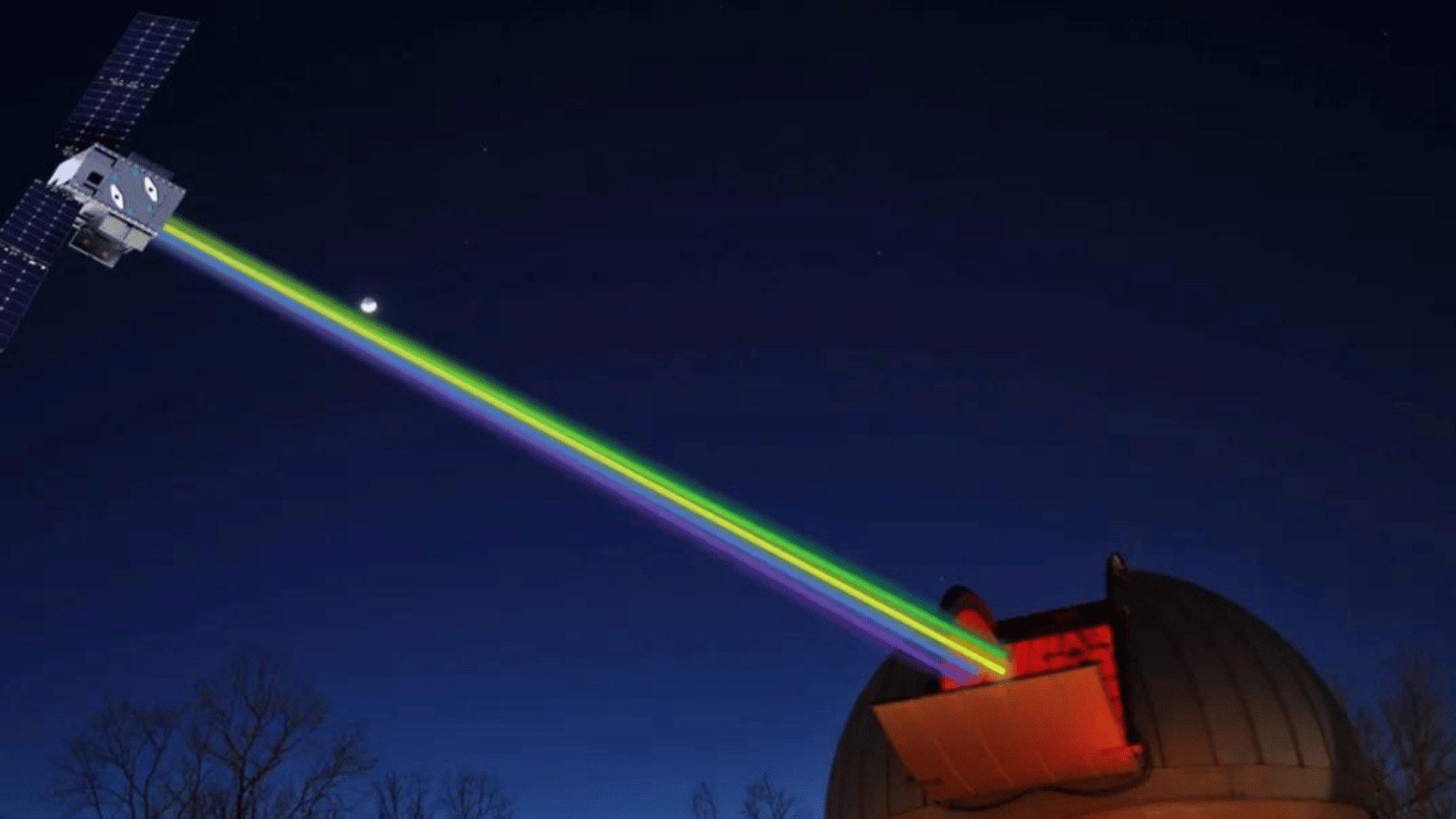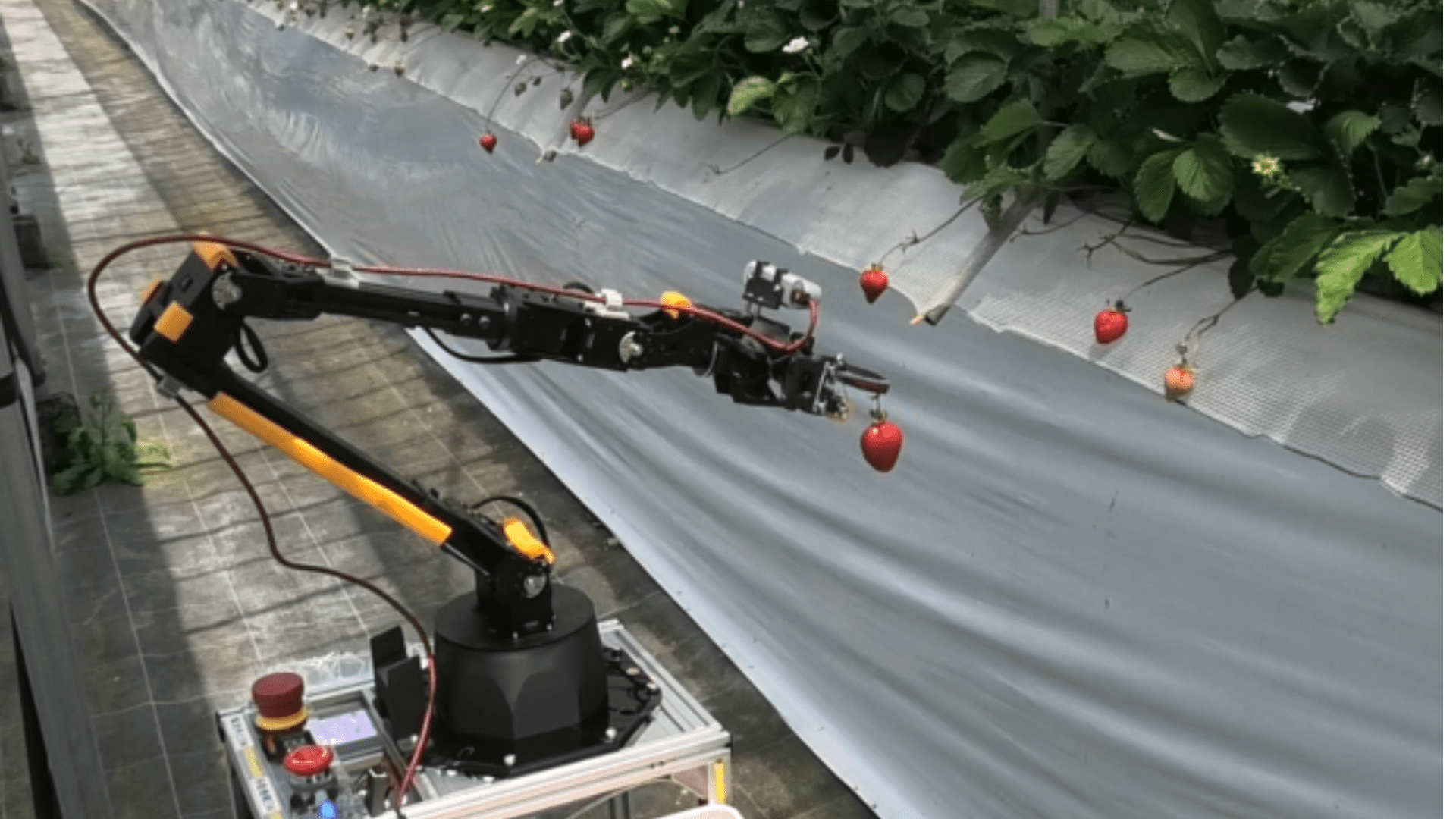NASA is working toward launching an artificial “star” over the USA that will help calibrate telescopes on Earth.

Stars can vary in brightness based on different variables such as their distance, type of star, and their age or stage of life. Measuring these parameters can give us insights into how fast the universe is expanding by comparing their distance with the quantity of light that has redshifted on its way to Earth.
An artificial star may help scientists understand how bright a star is. The Landolt mission, which is planned to launch in 2029, will place a calibrated light source in orbit at a distance of 22,236 miles from the Earth.
“The goal is to be able to figure out, for other planets orbiting other stars, whether they too could have oceans where life could presumably arise and live,” Jamie Tayar, assistant professor of astronomy at the University of Florida, explained in a statement. “For each star, you need to know exactly how much energy is coming from the star, and exactly how far away the planet is, and so on.”
For the first year, the “star” or CubeSat will be in a synchronized orbit over the US, sending known emission rates of photons to telescopes on Earth. Astronomers will then observe the artificial star next to a space object, allowing them to analyze its brightness.
The mission could ultimately have the potential of identifying stars with habitable zones that could contain alien life forms.
“The Landolt mission will allow us to re-calibrate the brightnesses of millions of stars,” Peter Plavchan, Associate Professor of Physics and Astronomy at George Mason University, explained in a paper on the project. “Such measurements can only be achieved by a space-based orbiting artificial star, where the physical photon flux is accurately known. Consequently, Landolt will enable the refinement of dark energy parameters, improve our ability to assess the habitability of terrestrial worlds, and advance fundamental constraints on stellar evolution.”







